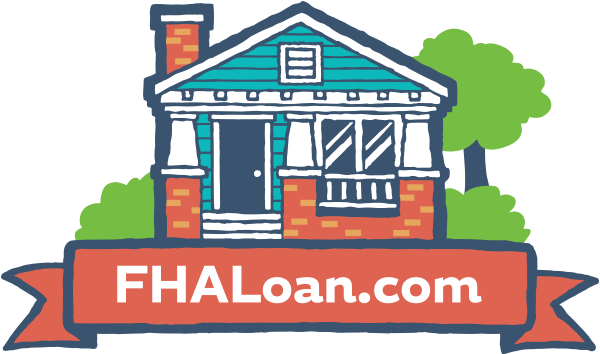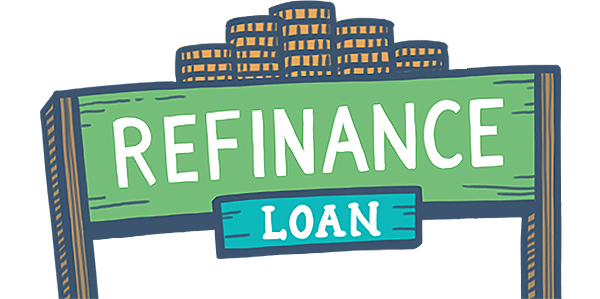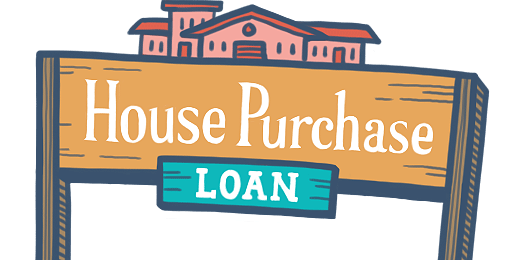How Is a Mortgage Interest Rate Different than APR
August 23, 2023
Interest Rate
The interest rate, often referred to as the "note rate" or "nominal rate," is the percentage of the loan amount that the lender charges you for borrowing the money. It determines the amount of interest you will pay on your mortgage loan each year. The interest rate does not include any additional fees or costs associated with the mortgage, such as closing costs, broker fees, origination fees, or points.
APR (Annual Percentage Rate)
The APR is a broader measure of the cost of borrowing for a mortgage, as it takes into account the interest rate as well as other costs associated with the loan. APR includes fees and charges such as points, origination fees, mortgage insurance, and certain closing costs. The APR is designed to provide borrowers with a more accurate picture of the true cost of the mortgage. Lenders are required by law to disclose the APR to borrowers, making it easier to compare the total cost of different mortgage offers.
It may be to a borrower's advantage to go with a slightly higher APR and avoid higher upfront fees. Some of this depends on the amount of time you plan to stay on your home. It pays to have a complete understanding of the FHA loan details, options, and costs before you begin the loan application process.
------------------------------
RELATED VIDEOS:
You're Almost There When You Get Your Loan Approval
Learn About the Mortgage Insurance Premium (MIP)
Pre-approval Starts the Mortgage Process

FHA Loan Articles
January 16, 2021What you may not know that there are many different types of refinances and different benefits that come with them. The cash-out refinance, or cash-out refi, is one that many borrowers opt for, for several reasons.







